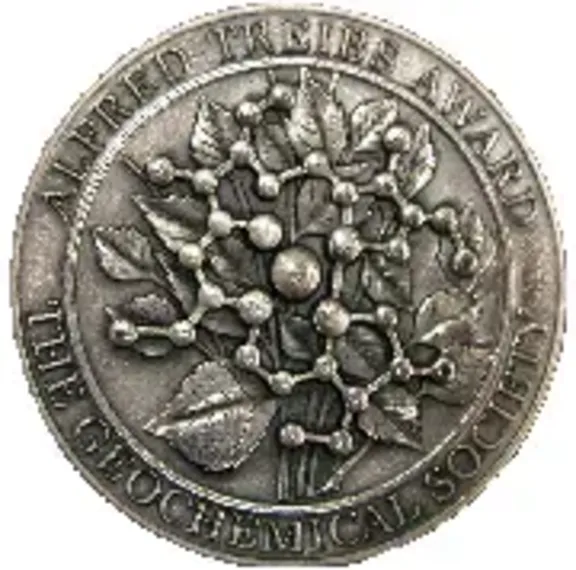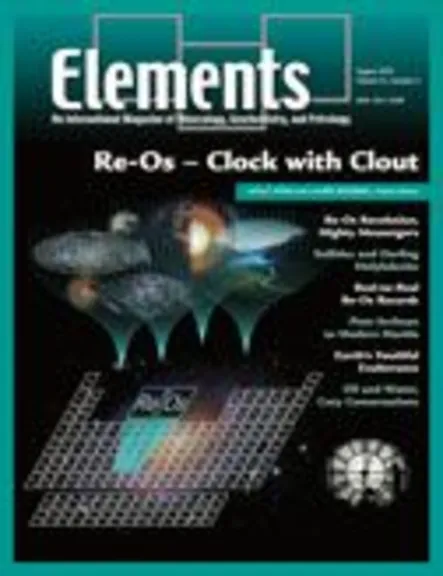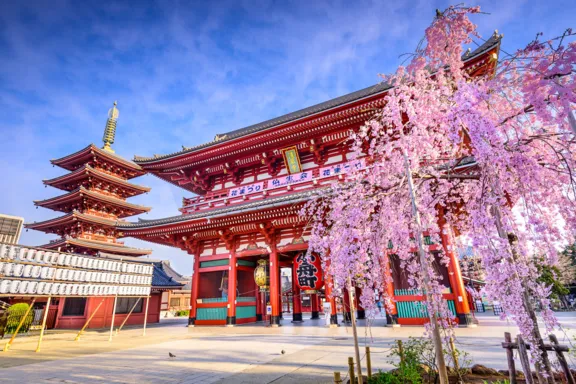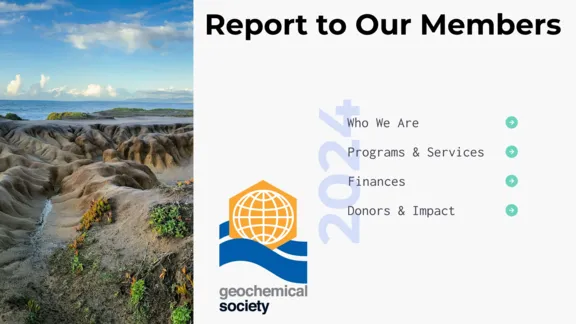Elements: The Variscan Orogeny in Europe – Understanding Supercontinent Formation
The Variscan Orogeny in Europe – Understanding Supercontinent Formation More…
Vote in the GS Board Election
All current GS members are entitled to vote in the annual Board of Directors election. The board governs the society throughout the year and represents the interests of the membership. Please take a moment to review the candidates and vote. The election is open until 22 December. If you have not received your ballot by email, please let us know at gsoffice@geochemsoc.org. More…
Annual GS Members Meeting

The GS will hold its annual meeting of the membership on Tuesday, December 9 at 10:00 EDT. Society President Liz Sikes will present an update on programs and finances, followed by an open discussion. All Geochemical Society members are encouraged to attend. The meeting will take place virtually via Zoom. More…
Deadline Extended for Hayes and Treibs Awards

The nomination deadline for the John Hayes and Alfred Treibs Awards is extended until November 30. More…
Elements: Sample Return Through the Ages
The October 2025 issue of Elements “Sample Return Through the Ages”, demonstrates the power of mineralogical, petrological, and geochemical studies of oftentimes small amounts of material to learn about the formation and evolution of planetary bodies, the Solar System, and our place in it. Access it now on the Elements website. More…
Elements: Re-Os – Clock with Clout

The August 2025 issue of Elements Magazine discusses the special properties of the Re-Os system. More…
Share Internships in the Geochemical Career Center
Share internship opportunities for free in the Geochemical Career Center More…
Announcing Goldschmidt 2028

The 2028 Goldschmidt Conference will be held in Tokyo, Japan from July 9-14. More…
Nominations for Early Career Board Member
The Geochemical Society invites self-nominations from early career researchers (ECRs) for a two-year Board position, offering full voting rights and leadership experience. ECRs include advanced PhD students, recent postdocs, early-career faculty, and industry professionals within four years of their last degree. One ECR director will be elected this year to join the staggered rotation. Nominations are due by July 10, 2025. More…
Annual Report to Our Members

The Geochemical Society's annual report describes our programs and finances for the past year. More…
